3 Oat Flour Alternatives for Baking Success
Substitute for oat flour options have become increasingly popular among home bakers and professional chefs alike.
Dietary restrictions drive many to seek alternatives that still provide similar texture and flavor in their favorite recipes.
These versatile replacements can transform ordinary dishes into extraordinary culinary creations without compromising taste or quality.
The best flour substitutes often come from unexpected sources, giving traditional recipes a modern twist while maintaining familiar characteristics.
Each alternative brings its own unique properties to baking, sometimes even improving upon the original ingredient.
Some substitutes work better for certain recipes than others, depending on what qualities matter most in the final dish.
With so many innovative options available today, you can easily find the perfect replacement for almost any cooking situation.
Why Choose Oat Flour?
Oat flour is a popular choice for baking and cooking thanks to its gentle flavor, easy digestibility, and wholesome nutrition. Whether you’re looking to try new grains, eat gluten-free, or add a soft texture to your recipes, oat flour brings both convenience and goodness to your kitchen:
Flour Options to Replace Oat Flour
Oat flour alternatives keep muffins, cookies, and pancakes tender while offering new flavors. Every swap opens the door to a slightly different bake. See which flour could spark your next experiment.
Coconut Flour
Coconut flour, made from dried white coconut flesh, stands out as a nutritious gluten-free substitute that packs protein, fiber, healthy fats, and iron into your recipes.
This healthy carb helps with digestion and weight loss while offering a unique taste to baked goods.
Swapping flours requires some attention - use only 1/4 cup of coconut flour to replace 1 cup of regular flour since it absorbs much more liquid than standard options.
For best results, mix the dough longer and add extra eggs to combat dryness, which prevents your treats from becoming too crumbly.
Almond Flour
Almond flour, a sweet-tasting alternative made from blanched almonds with their skins removed, offers a nutritious gluten-free option for baking enthusiasts.
Many people confuse it with almond meal, which has a coarser texture because the skins remain intact during grinding.
The nutritional profile of almond flour is impressive, packed with protein, healthy fats, dietary fiber, and essential vitamins and minerals that benefit your body.
Making this flour at home is relatively simple - just grind peeled almonds and store the result for future use in various recipes.
Quinoa Flour
Quinoa flour stands out as a remarkable gluten-free substitute, crafted by grinding nutrient-rich quinoa seeds into a fine powder that adds protein and structure to baked goods.
This lightweight alternative prevents density in pastries while also enhancing soups and protein powders with its nutritional benefits.
Many people enjoy its distinctive earthy, nutty profile, though some find the natural bitterness can be easily minimized through a quick toasting process before use.
The flour pairs wonderfully with complementary flavors such as cocoa, bold spices, and dark molasses that balance its character.
Mistakes to Avoid When Replacing Oat Flour
Switching out oat flour in recipes can work well, but there are a few common mistakes that can lead to dense, dry, or crumbly results if you’re not careful. Paying attention to the texture, moisture, and flavor of your chosen substitute will help you create baked goods and dishes that are just as tasty as the original:
Oat Flour Swaps: Your Baking Questions, Answered
1. Are there gluten-free alternatives to oat flour?
Absolutely, almond flour, coconut flour, rice flour, and gluten-free all-purpose blends are all suitable for gluten-free baking.
2. Can I use regular all-purpose flour instead of oat flour?
Yes, use slightly less all-purpose flour since it absorbs less liquid than oat flour, and monitor your batter’s consistency.
3. What’s the best oat flour substitute for cookies and muffins?
Almond flour or a gluten-free baking blend yields tender cookies and muffins with a mild, pleasant flavor.
4. Can I make my own oat flour substitute at home?
Yes, blend rolled oats into a fine powder for homemade oat flour, or process other grains like rice or quinoa for DIY flours.
5. Will using a substitute change baking times?
Not significantly, but check for doneness as some flours brown faster or slower than oat flour.
6. Are oat flour substitutes suitable for vegan baking?
Yes, all listed flours work in vegan recipes, just ensure other ingredients in your recipe are plant-based.
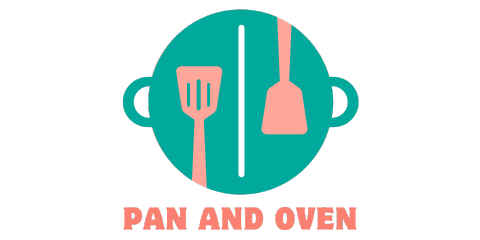
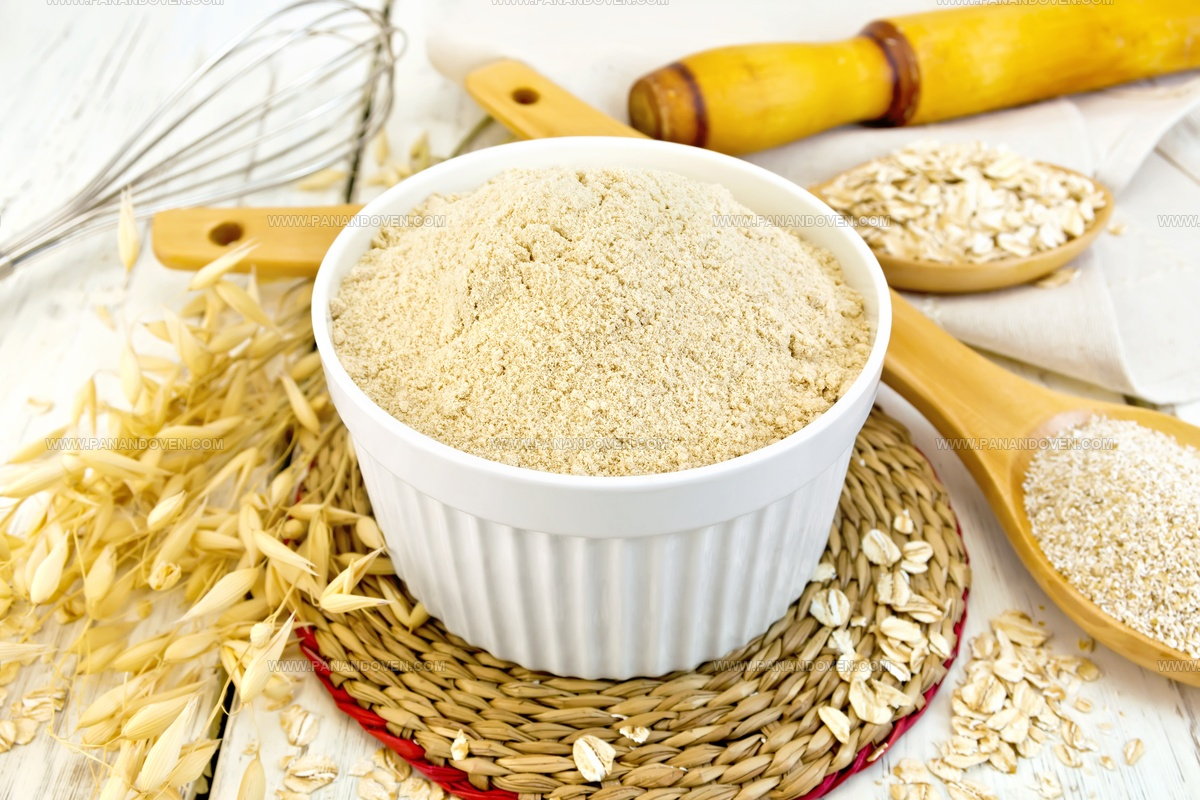
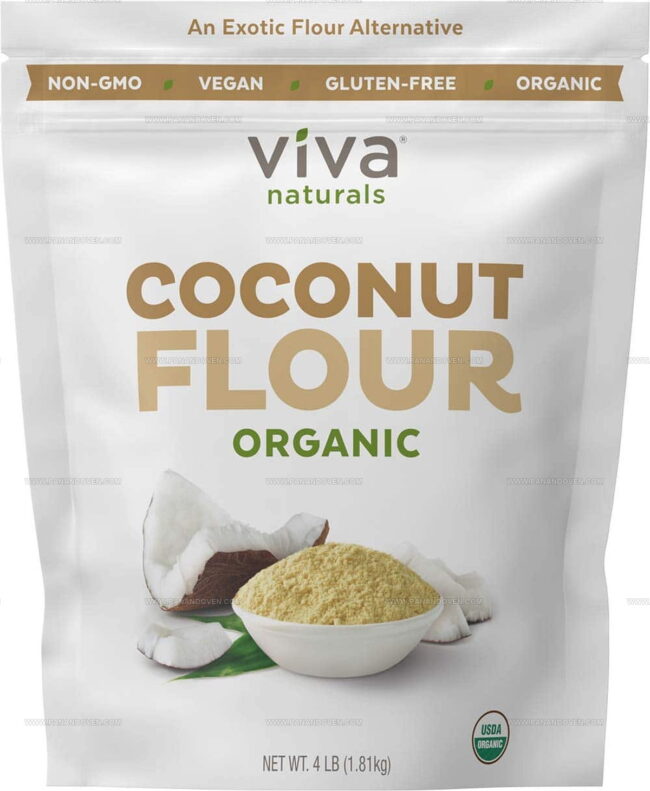
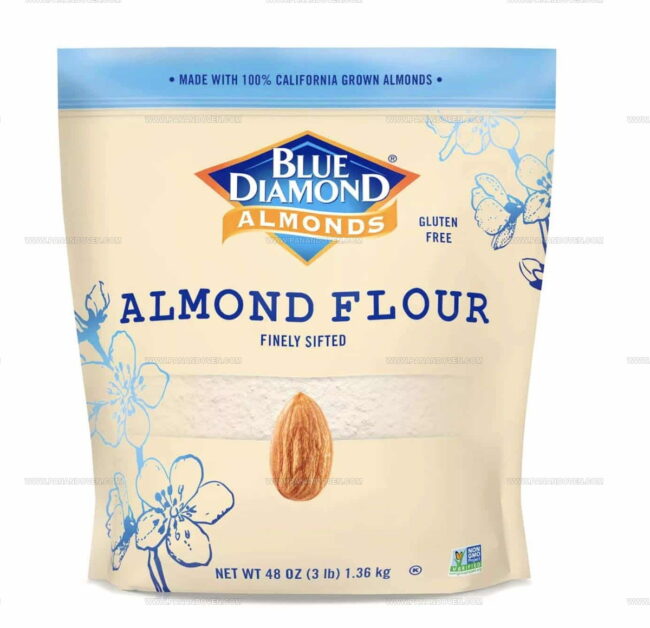
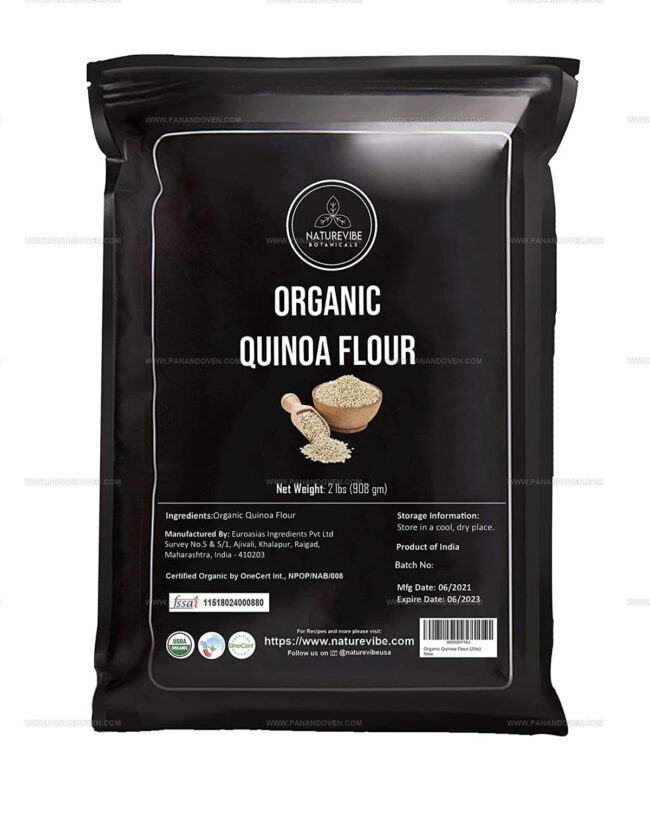
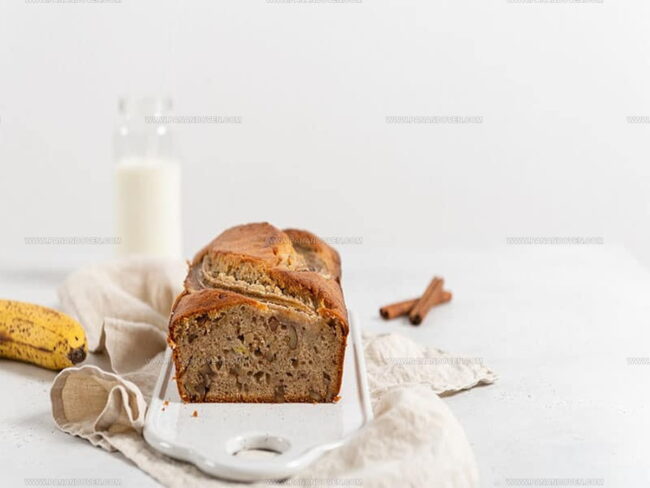
Clara Thompson
Recipe Developer & Food Educator
Expertise
Plant-based and vegetarian recipe development, Nutritional analysis and meal planning, Culinary education and workshop facilitation, Content writing with a focus on healthy living
Education
Diploma in Culinary Arts, Mt. San Jacinto College, CA
Focus: Comprehensive culinary training with an emphasis on sustainable cooking practices.
Certificate in Nutrition and Healthy Living, Cornell University (Online Program)
Focus: Understanding the principles of nutrition to create balanced and health-conscious recipes.
Clara lives where fresh ideas and fresh ingredients meet. She pairs her culinary know-how with her passion for healthy, planet-friendly cooking.
For Clara, good food should taste great, nourish your body, and feel easy to make. Her recipes highlight whole foods, colorful produce, and a deep respect for seasonal eating.